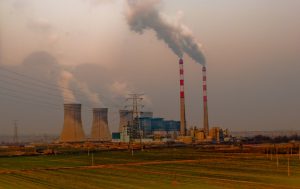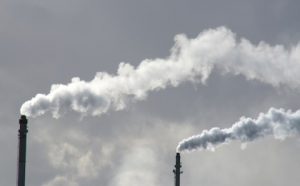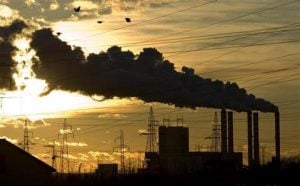Xu Nan (XN): What results do you think we will see from the Durban platform in 2015?
Wang Yi (WY): International climate negotiations taking place under multilateral frameworks face an increasing number of challenges. From the most basic principles upwards there’s a lack of consensus, but we may see progress in certain fields, such as forestry and fossil-fuel consumption.
But in a way it looks more important for each individual country to work on their own; solving their own problems. That real work needs to be done to demonstrate sincerity.
XN: Do you think China has already prepared a long-term emissions-reduction commitment?
WY: Since the 11th Five-Year Plan, China’s actions on energy-saving and emissions-reduction have cut carbon pollution. The country’s efforts and achievements are there to see; China stands out amongst the emerging economies.
Other developing countries are going to have to follow in our path: industrialising, urbanising, modernising. At their current technological and economic levels, they’ll struggle to avoid increasing energy consumption and carbon emissions. A more realistic approach for the international community would be to help developing nations through this process: rather than demand they make tougher commitments, look for real action and a series of gradually increasing achievable targets. If goals are too idealistic and unachievable, they are likely to be missed and may actually undo existing successes and damage confidence. And that means more dangers.
XN: Given that, what overall trends will we see in the targets set in the 13th Five-Year Plan?
WY: To combat severe smog, the 13th Five-Year Plan will continue to set binding targets on energy and carbon intensity. But alongside this absolute quantity caps should be considered; in particular there should be more control of total coal consumption. And as coal-burning causes both smog and carbon emissions, there will be co-benefits here. Total carbon emissions are linked to total coal use, so at the same time we can set an intermediate carbon cap to demonstrate China’s determination to tackle climate change.
Achieving such a target will require a new set of legislative, executive and economic measures and mechanisms. This includes drafting new laws; standardising the carbon trading trials and where suitable expanding their scope; setting up systems to set carbon caps for local governments, clean development mechanisms, environmental compensation mechanisms, so on, and policies on carbon taxes and carbon financing to help reduce the costs of cutting emissions.
XN: How likely is an emissions cap in the 13th FYP?
WY: Given China’s development needs, the nature of carbon cuts, and economic changes in China and overseas, China is not likely to see a carbon peak during the 13th Five-Year Plan. But it could set an intermediate goal leading up to that point. Our calculations have taken into account all factors and in particular changes in population policy, levels of industrialisation and urbanisation, and changes in consumption styles. We found that China’s population, consumption of important resources and emission of pollutants will mostly peak or plateau around 2030. Taking carbon cuts policy into account, the carbon emission peak is very likely to appear between 2031 and 2035, during the 16th Five-Year Plan. So it would be feasible to see trials in the 13th Five-Year Plan, a transition phase in the 14th, and a peak at the end of the 15th Five-Year Plan – 2030.
Of course, achieving such a target is more important than setting it. That includes a timetable and a roadmap; allocation of extra costs; and innovations in both institutions and technology to ensure future competitiveness.
The energy-saving and emissions-reduction targets started in the 11th Five-Year Plan have achieved huge results, but relied mainly on administrative measures. During the 12th Five-Year Plan binding targets were included, bolstering green and low-carbon development, but this was still an extension of traditional approaches. Many of the methods used were not institutionalised, and statistics, accounting and standards could be improved upon.
So for the initial stage of long-term greenhouse gas targets, we shouldn’t be aiming for big quantitative achievements – rather we should be laying a foundation for work in the future. We need the institutions to continually improve and modify our behaviour, to make long-lasting achievements. And institution building requires reform and innovation, finding new ways of thinking and doing things.






